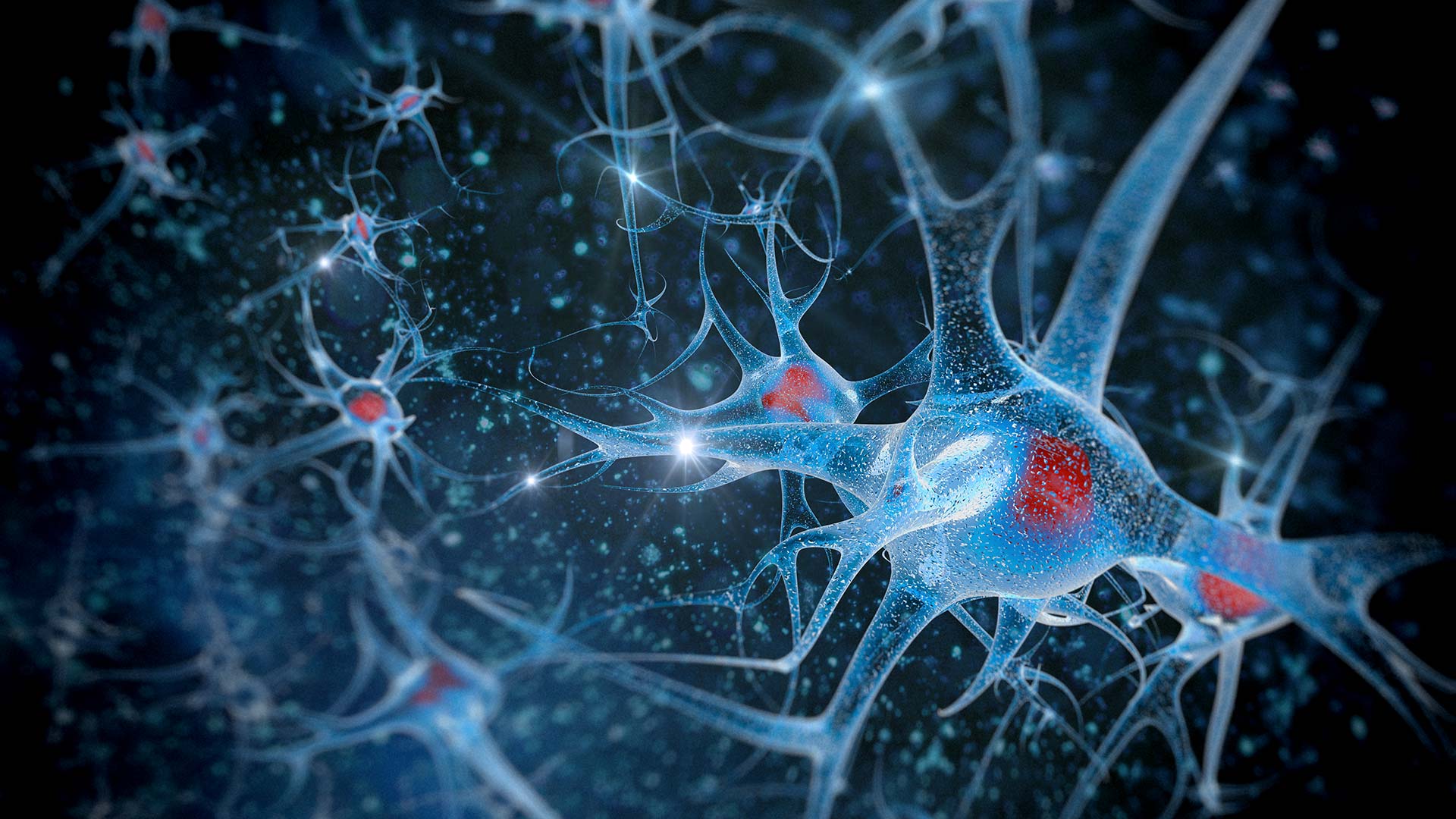BACKGROUND: Anterolateral ligament and medial collateral ligament injuries could happen concomitantly with anterior cruciate ligament ruptures. The anterolateral ligament is injured more often than the medial collateral ligament during concomitant anterior cruciate ligament ruptures although it offers less restraint to knee movement. Comparing the material properties of the medial collateral ligament and anterolateral ligament helps improve our understanding of their structure-function relationship and injury risk before the onset of injury.
METHODS: Eight cadaveric lower extremity specimens were prepared and mechanically tested to failure in a laboratory setting using a hydraulic platform. Measurements of surface strains of superficial surface of each medial collateral ligament and anterolateral ligament specimen were found using three-dimensional digital image correlation. Ligament stiffness was found using ultrasound shear-wave elastography. t-tests were used to assess for significant differences in strain, stress, Young's modulus, and stiffness in the two ligaments.
FINDINGS: The medial collateral ligament exhibited greater ultimate failure strain along its longitudinal axis (p = 0.03) and Young's modulus (p < 0.0018) than the anterolateral ligament. Conversely, the anterolateral ligament exhibited greater ultimate failure stress than the medial collateral ligament (p < 0.0001). Medial collateral ligament failure occurred mostly in the proximal aspect of the ligament, while most anterolateral ligament failure occurred in the distal or midsubstance aspect (P = 0.04).
INTERPRETATION: Despite both being ligamentous structures, the medial collateral ligament and anterolateral ligament exhibited separate material properties during ultimate failure testing. The weaker material properties of the anterolateral ligament likely contribute to higher rates of concomitant injury with anterior cruciate ligament ruptures.




